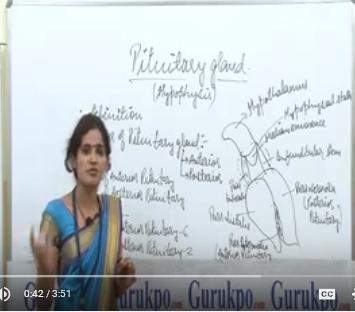
Pituitary Glands
The pituitary gland lies at the base of brain in sella turcica. is is also known as master gland because it controls the hormones secreted by other endocrine glands. It is …
Faculty: Science 2019 Sample Papers with Solutions Sr. No. Paper Name Question Paper Link Solution Link 1 Immunology, Virology and Pathogenesis Click Here Click Here 2. Cell Biology Click Here Click …
Faculty: Science 2019 Sample Papers with Solutions Sr. No. Paper Name Question Paper Link Solution Link 1 Plant Biotechnology Click Here Click Here 2. Genetic Engineering Click Here Click Here
Faculty: IT 2019 Sample Papers with Solutions Sr. No. Paper Name Question Paper Link Solution Link 1. Cloud Computing Click Here Click Here 2. Analysis & Design of Algorithm Click Here …
Faculty: IT 2019 Sample Papers with Solutions Sr. No. Paper Name Question Paper Link Solution Link 1. Java Technologies Click Here Click Here 2. Web Technologies Click Here Click Here 3. …
Faculty: IT 2019 Sample Papers with Solutions Sr. No. Paper Name Question Paper Link Solution Link 1. Discrete Mathematics Click Here Click Here 2. Programming in C & C++ Click Here …
Faculty: Science 2019 Sample Papers with Solutions Sr. No. Paper Name Question Paper Link Solution Link 1 Immunology, Virology and Pathogenesis Click Here Click Here 2. Cell Biology Click Here Click …
Faculty: Science 2019 Sample Papers with Solutions Sr. No. Paper Name Question Paper Link Solution Link 1 Plant Biotechnology Click Here Click Here 2. Genetic Engineering Click Here Click Here
Faculty: IT 2019 Sample Papers with Solutions Sr. No. Paper Name Question Paper Link Solution Link 1. Cloud Computing Click Here Click Here 2. Analysis & Design of Algorithm Click Here …
Faculty: IT 2019 Sample Papers with Solutions Sr. No. Paper Name Question Paper Link Solution Link 1. Java Technologies Click Here Click Here 2. Web Technologies Click Here Click Here 3. …

The pituitary gland lies at the base of brain in sella turcica. is is also known as master gland because it controls the hormones secreted by other endocrine glands. It is …
The pituitary gland lies at the base of brain in sella turcica. is is also known as master gland because it controls the hormones secreted by other endocrine glands. It is of two types i.e. Anterior pituitary or Adenohypophysis and Posterior pituitary or Neurohypophysis.
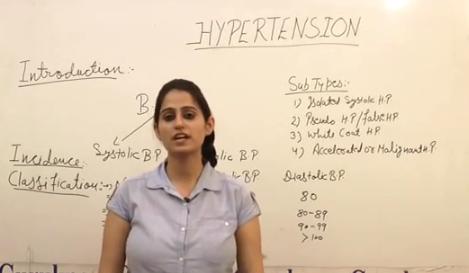
In this Video, Ms. Ankita Maan, Biyani Groups of Colleges, Jaipur, is explaining about hypertension. Hypertension is a condition in which the arteries have persistently elevated blood pressure. The higher the …
In this Video, Ms. Ankita Maan, Biyani Groups of Colleges, Jaipur, is explaining about hypertension. Hypertension is a condition in which the arteries have persistently elevated blood pressure. The higher the pressure the harder the heart has to pump.
For More educational Videos click on : https://www.youtube.com/user/gurukpob…
For Educational Study Notes click on : www.gurukpo.com
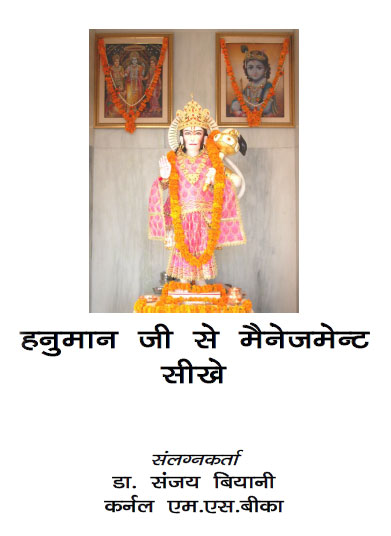
पूजा के अधिकांश मंदिर केवल दो चरित्रों के ही बने हैं – श्रीराम के और हनुमान जी के। चूँकि सीताजी श्रीराम की पत्नी थी, इसलिए उनके साथ मंदिर में सीताजी भी …
पूजा के अधिकांश मंदिर केवल दो चरित्रों के ही बने हैं – श्रीराम के और हनुमान जी के। चूँकि सीताजी श्रीराम की पत्नी थी, इसलिए उनके साथ मंदिर में सीताजी भी हैं। अन्यथा दुर्गा और काली माँ जैसे स्वतंत्र मंदिर सीताजी के नहीं हैं। लक्ष्मणजी को भी कहीं-कहीं मंदिरों में स्थान मिला, क्योंकि वे श्रीराम के साथ वन गए थे। हमें यहां यह सोचना चाहिए कि क्या कारण है कि ”रामचरितमानस में इतने सारे लोगों के होते हुए भी केवल हनुमानजी के ही मंदिर बने और उन्हें स्वतंत्र रूप से इतने बड़े भगवान का दजऱ्ा दिया गया। आइए श्री हनुमान चरित्र के उन पहलुओं का विचार करें जो आज भी हमें सफलता की पे्ररणा और संदेष देते हैं।
हनुमानजी में कहीं भी अपनी वास्तविकता को छिपाने का प्रयास नहीं मिलता। उन्हें जहाँ भी मौक़ा मिलता है या वे जहाँ भी ज़रूरी समझते हैं, अपने इस वानरपन की खुलेआम घोषणा करते हैं।
खायऊँ फल प्रभु लागी भूखा। कपि सुझाव ते तोरेऊँ रूखा।।
हे महाराज, मुझे भूख लगी थी, इसलिए मैंने फल खाए। चूँकि मैं वानर हूँ और वानर का स्वभाव ही पेड़ों को तोड़ना होता है, इसीलिए मैंने आपका बाग उजाड़ा। इसके बावजूद वहां वे खुद को विनम्रता के साथ महज़ एक छोटे-से वानर के रूप में घोषित कर रहे हैं।
यहीं हमें यह बात देखनी है कि जब व्यä विस्तविकता को स्वीकार करके उससे मुä पिने के लिए कुछ कर ने लगता है, तो उसके अंदर शä किी ज्वालाएँ फूटने लगती हैं। यही स्वीकारोä अित्मविश्वास का आधार बन जाती है, आत्मशä कि कारण बन जाती है। यह पलायन कराने वाली कमज़ोरी नहीं रह जाती।
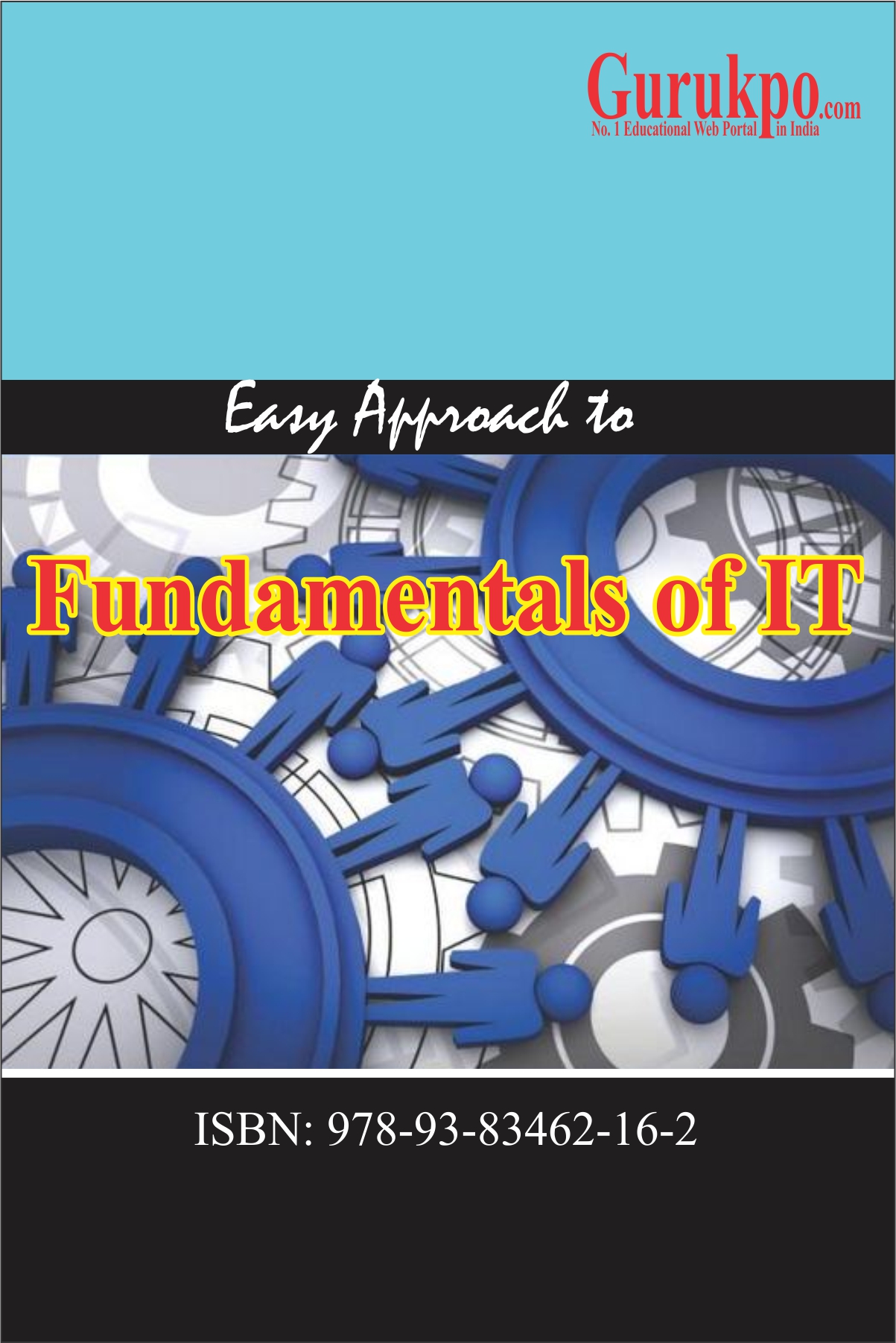
[This course is of introductory nature, and therefore, emphasis will be on basic concepts and direct applications of mathematical expressions without rigorous analysis.] Part A (Weightage 10%) What is IT, Information …
[This course is of introductory nature, and therefore, emphasis will be on basic concepts and direct applications of mathematical expressions without rigorous analysis.] Part A (Weightage 10%) What is IT, Information Systems, Data and Information, IT in Business and Industry, IT in Home and Play, IT in Education and Training, IT in Entertainment and the Arts, IT in Science, Engg. and Maths, Personal, Social and Ethical Issues in IT. Part B (Weightage 25%) Fundamentals of Electricity, DC Circuits, AC Circuits, Electrical Machines, Measuring Instruments, Electrical Wiring and Distribution of Electrical Power, Resistors, Capacitors, Inductors, Transducers. Semiconductor Devices, P-N Junction Diode, Bipolar Junction Transistor FET, Tyristors, Opto-Electronic Devices, Display Devices, Rectifiers. Part C (Weightage 65%) Overview of the Digital Computer System (Processor, Memory, Input and Output Devices, Operating Systems, Application Software, Types of Computers). Representation of Data : Digital versus Analog, Digital Number System (Binary, Octal, Decimal and Hexadecimal Numbers), Conversion from one form to another, Fractional Numbers and Signed Numbers, Complements, Fixed Point and Floating Point. Representations, Boolean Algebra (Addition, Subtraction, Multiplication and Division), Logical Gates (NOT, AND, NAND, NOR, XOR, XNOR), Codes (ASCII, EBCDIC, Unicode), Encoding and Decoding, Integrated Circuits, Digital ICS, Flip-Flops, Shift Registers, Counters.
Anatomy of a Computer (Introductory Level : Emphasis shall be on basic concepts, features available in the component, characteristics and behavior of components, comparison, merits and limitations. Complete technical know how is expected), Mother Board (Special reference to Intel 810 Chipset Motherboard), CISC Micro Processors (Special reference to Pentium, AMD, Cyrix), RISC Processors (Motorola, Power PC and 680 x O Series), Types of RAM, Flash, Cache, SDRAM, Type of Memory Modules (SIMM, DIMM), System Clock, Bus (Data, Address, Control), Bus Architecture (ISA, MCA, EISA, PCI, AGP), Expansion Slots and Cards (RS 232, BIN), Input Devices (Keyboard, Mouse, Trackball, Trackpad, Pen, Touch Screen, Bar Code Reade, Scanner, OMR, OCR, Voice Input, Video Input, Digital Camera), Output Devices [Monitors (Refresh Rate, Resolutions, Standards – CGA, VGA, SVGA, XGA, SXGA; LCD Monitors, Video Controllers and VRAM), Printers (Dot-Matrix, Line, Label, Inkjet, Laser, Color Laser, Thermal Wax, Dye Sublimation, Fiely, IRIS), Plotters (Pen, Inkjet, Electrostatic), Voice Output), Storage Devices, Storage Types (Magnetic, Optical, Magneto-Optical, Solid State), Random versus Sequential Access, Formatting, Tracks and Sectors, Speed, Storage, Capacity, Floppy Disk (5.25 inch, 3.5 inch; 2 HD zip, Superdisk, HiFD), Hard Disk (Tracks, Cylinders, Sectors; Hard Drive Interfaces (IDE, EIDE, Fast SCSI, Fast/Wide SCSI, Uitra SCSI; Hard Disk Cartridges, RAID), Optical Disks [Pits and Lands, CD (ROM, R, RW), DVD (ROM, R, RAM)] Magnetic Tape (Reels, Streamers, DAT, DLT, Stripe, Smart Card), Modem (Fax/Data/Voice).

Paper 133: E-Commerce Technologies Electronic Commerce Framework, Electronic Commerce and media Convergence, Traditional vs. Electronic Business Applications, The Anatomy of E-Commerce Applications. Overview of Mobile Computing Applications. Network Infrastructure for E-Commerce: …
Paper 133: E-Commerce Technologies Electronic Commerce Framework, Electronic Commerce and media Convergence, Traditional vs. Electronic Business Applications, The Anatomy of E-Commerce Applications. Overview of Mobile Computing Applications. Network Infrastructure for E-Commerce: Components of 1-way-Global Information. Distribution Networks- Public Policy Issues, Shaping the 1-way The Internet as a Network Infrastructure. The business of Internet Commercialization. Network Security and Firewalls-Client Server Network Security Threads, Firewalls and Network Security Data and Message Security, Encrypted Documents and Electronic Mail. Architectural Framework for Electronic Commerce, World Wide Web as Architecture, Consumer Oriented E-Commerce Electronic Data Interchange (EDI),EDI Applications in Business, EDI Security and Privacy issues, EDI and E-Commerce, EDI Implementation. Intra-Organizational Electronic Commerce Supply Chain System, Electronic Commerce Catalogs, Documents Management and Digital libraries. Consumer-Oriented Applications, Mercantile Process Models, Mercantile Models from the consumer’s perspective, Mercantile models form the merchant’s Perspective. Types of Electronic Payment Systems; Smart Cards and Electronic payment Systems, Credit Card-Based Electronic payment Systems, Risk and Electronic payment Systems, Electronic payment and security issues and measures, Designing Electronic Payment Systems.
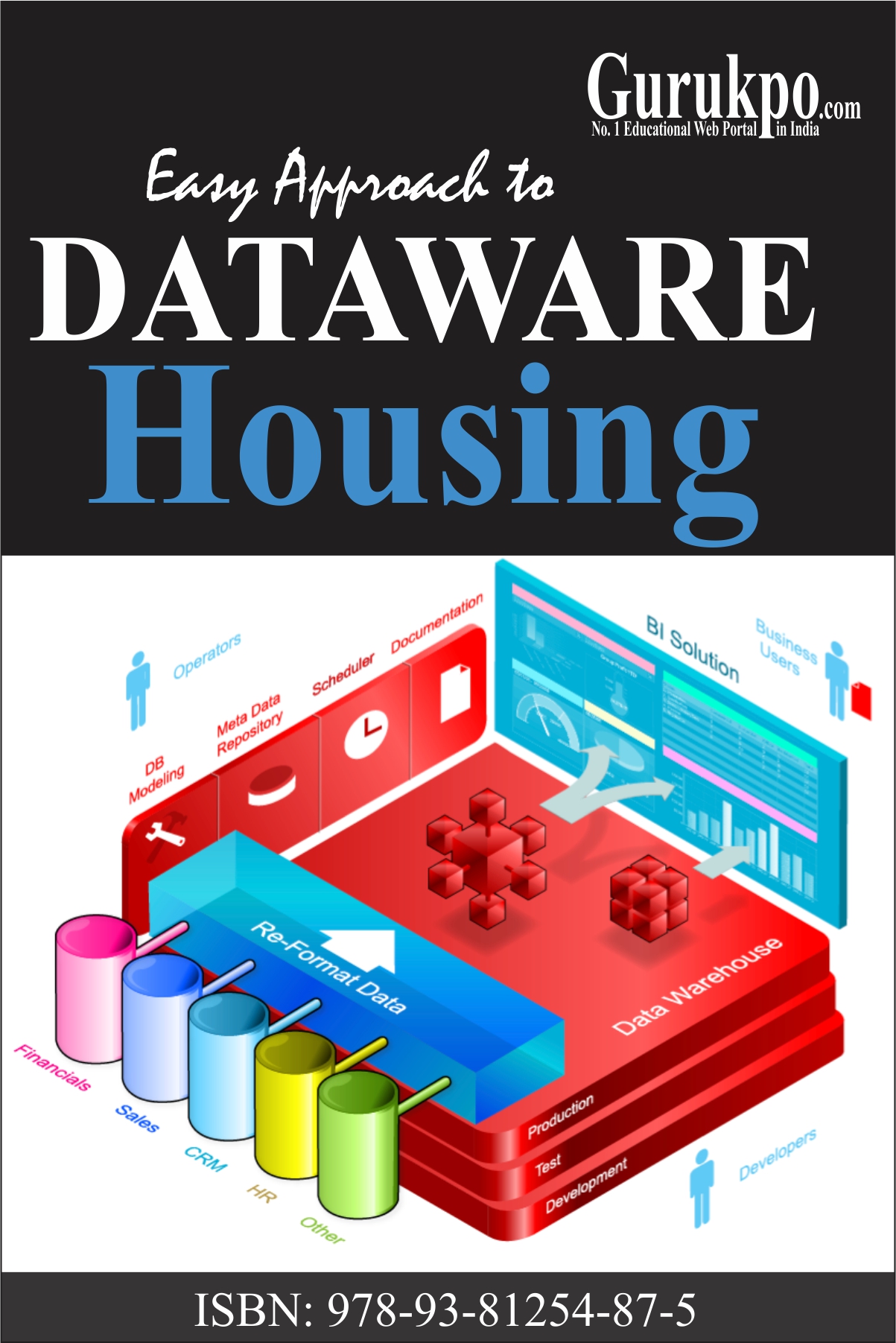
Data Warehousing: Introduction to Data Warehouse, Data warehouse uses, Data Warehouse Planning stages and Designing approaches. Delivery Process-Data Warehouse Delivery Methods. System Processes; data in Flow Process, Extract and load process, …
Data Warehousing: Introduction to Data Warehouse, Data warehouse uses, Data Warehouse Planning stages and Designing approaches. Delivery Process-Data Warehouse Delivery Methods. System Processes; data in Flow Process, Extract and load process, Clean and transform Process, Backup and Archive process and Query Management Process. Process Architecture – Load manager, Warehouse manager, Query manager. Database Schema-Star flake schema, Identifying facts and dimensions, Designing fact tables and dimension tables, Design Star flake schema, Multi-dimension schemas. Horizontal and vertical partitioning, Hardware partitioning. Aggregations and aggregation summary table Data Marts, Designing Data Marts. Metadata-Data transformation and load Managers. Hardware architecture-Process, Server, Network and Client hardware. Physical Layout-Parallel technology Disk technology, Contents of data warehouse database, Database structures and layout and file system . Security- Security requirements, impact of security on design and performance, Backup strategies and disaster recovery. Service agreement and operations of Warehouse. Capacity Planning (Process Estimate load), Tuning the data warehouse (Aggregate performance, data load and queries). Testing data warehouse-Develop test plan Testing backup recovery, Testing operational environment, testing database, testing of the application. Data warehouse futures. Data Mining : Data Meaning concepts, Business Technical and Social context for Data mining. Data Mining approaches, Data mining methodologies. Data mining techniques (Automatic cluster detection, Decision tree), Building good effective models, Working with model set, Multiple models. Case studies of data mining mode for an online bank, Wireless communication corporation.
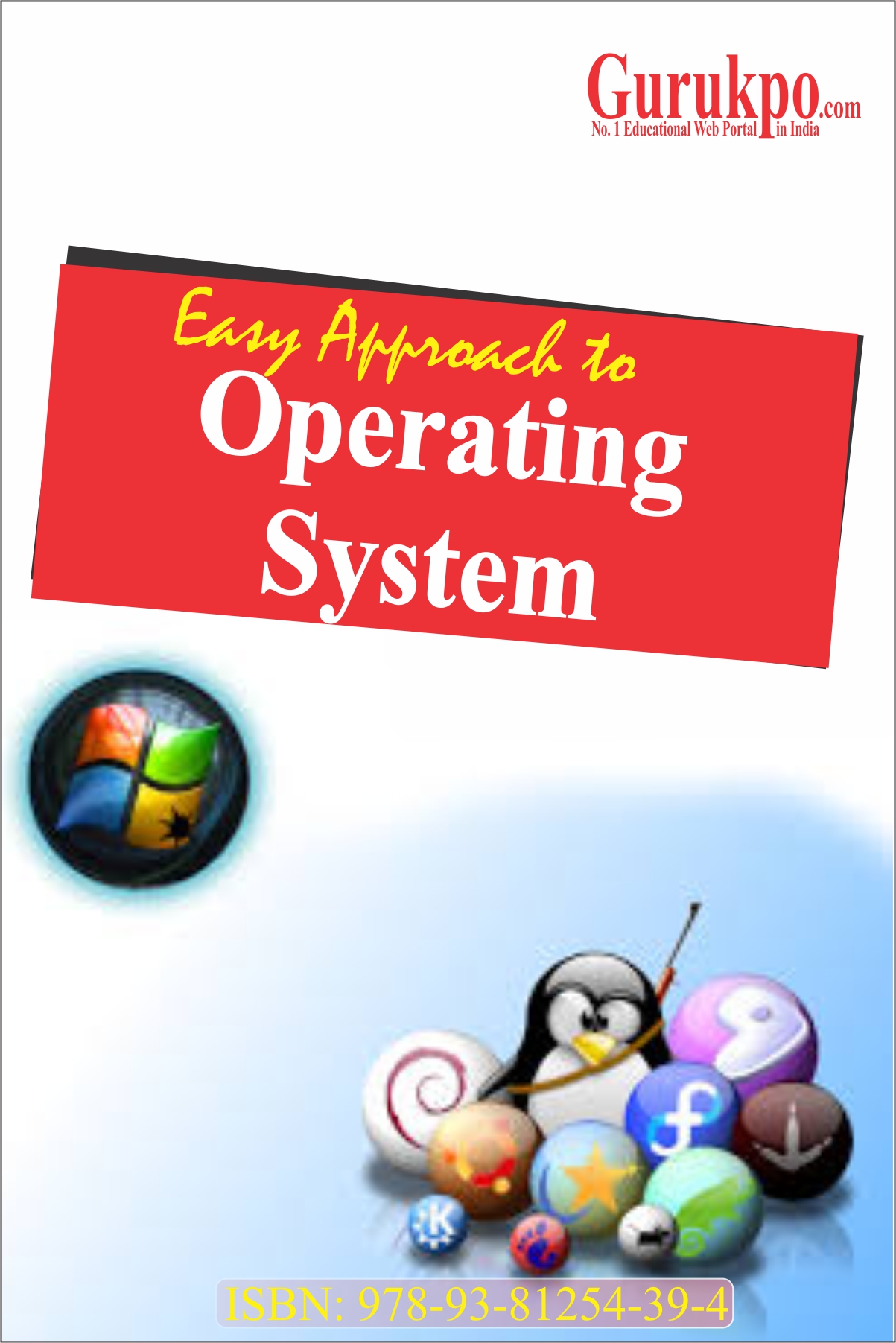
Necessity of an Operating system; Operating System Terminology, Evolution of Operating Systems (Multiprogramming Systems, Batch Systems, Timesharing System, Process Control and Real-Time System). Factors in OS Design (Performance, Protection and Security; …
Necessity of an Operating system; Operating System Terminology, Evolution of Operating Systems (Multiprogramming Systems, Batch Systems, Timesharing System, Process Control and Real-Time System). Factors in OS Design (Performance, Protection and Security; Correctness, Maintainability, Application Integration, Portability and Interoperability).
Device Management : General Device Characteristics, I/O Programming Concepts, Device Controllers, Device Drivers, Interrupts Driven I/O System Organization, Direct I/O with Polling, Interrupts Driven I/O, Memory Mapped I/O, Direct Memory Access, Buffering, Device Drivers Interface, CPU Device Interaction, I/O Optimization, Device Management Scenarios (Serial Communications, Sequentially Accessed Storage Devices, Randomly Accessed Devices).
Process Management : Process Definition, Process Control, Initializing Operating System, Process Address Spaces, Process Abstraction, Resource Abstraction and Process Hierarchy.
Scheduling Mechanisms, Partitioning a Process into Small Processes, Non-Preemptive Strategies (First come-First Served, Shortest Job Next, Priority Scheduling, Deadline Scheduling), Preemptive strategies (Round Robin, Two Queues, Multiple Level Queues).
Basic Synchronization Principles : Interactive Processes, Coordinating Processes, Semaphores, Shared Memory Multiprocessors, AND Synchronization, Inter-process Communication, Inter-process Messages, Mailboxes.
Deadlocks, Resource Status Modeling, Handling Deadlocks, Deadlock Detection and Resolution Deadlock Avoidance.
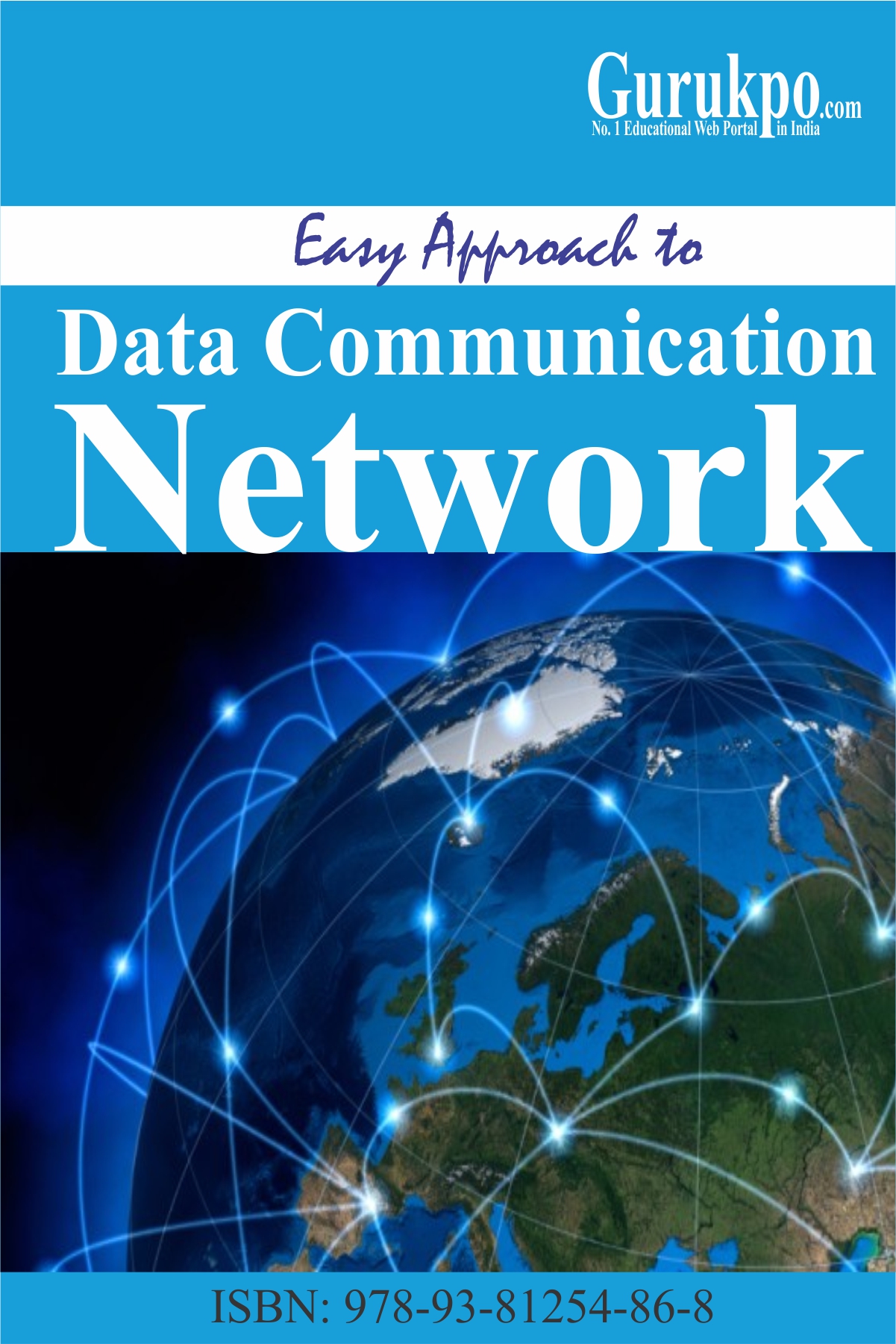
Data Communication Modulation [Principles of Modulation, AM and FM Modular Circuits, Pulse Code Modulation, Basebeand Modulation, M-ary Pulse Modulation waveforms, Duobinary signaling and decoding. Digital Band-pass Modulation] Demodulation [Basics of Demodulation …
Data Communication Modulation [Principles of Modulation, AM and FM Modular Circuits, Pulse Code Modulation, Basebeand Modulation, M-ary Pulse Modulation waveforms, Duobinary signaling and decoding. Digital Band-pass Modulation] Demodulation [Basics of Demodulation and detection, signals and Noise, Detection of Binary Signal in Gaussain Noise, Demodulation of shaped Pulses, Digital Signal in Gaussain Noise, Demodulation of shaped Pulses, Digital Band Pass Demodulation], Data Transsion [Basic Concepts. Data Communication Systems, Serial Data formats. encoded data formats, error detection and correction], information about microwave [Electromagnetic spectrum, Serial Data formats, encoded data formats, error detection and correction], information about microwave in Communications, FM Microwave Radio Repeaters, [Satellite, Geosynchronous Satellites, Look angles, Orbital classifications, Spacing and Frequency allocation, Multiple accessing, Channel Capacity.] and optical fiber communication [Basic concept of light propagation, Fiber Cables, Optical fiber versus Metallic cable facilities, Light sources, Optical Detectors, Fiber cable losses, wave division multiplexing, fiber distributed data interface the fiber channel, SONET]. ISDN [ISDN services, subscriber access to ISDN, B Channels, D Channels, H channels, ISDN services, subscriber access to ISDN, B Channels, D Channels, H channels, ISDN layers, Broadband ISDNI, DSL [Digital Subscriber Lines : HDSL, VDSL,SDSI, IDSL]. Network Technologies Section A Network Architecture, Configuring Network, Network Strategies, Networks Types : LAN, MAN and WAN [Basic Concepts, Line Configuration, Topology, Transmission Mode, Identify Key Components of Network, Categories of Network, Differentiating between LAN, MAN, WANS and Internet]. Section B
The OSI Model, The Physical Layer (Bandwidth Limited Signals, Transmission Media, Wireless Transmission), The Data link Layer, Error Detection and Correction, Data Link Protocols, The Medium Access Sub-layer, The Channel Allocation Problem, Multiple
Access Protocol, IEE Standard 802 for LANs and MANs, Bridges, The Network Layer Routing Algorithm, Congestion Control Algorithm, Internet Working, The Transport Layer, The Application Layer, MAC Protocols for High Speeds LANs. Section C Introduction to TCP/IP [Understand the TCP/IP Protocol Suite, its History and Modification Processes, Compare TCP/IP to the Open Systems Interconnection (OSI) Reference Model, Examine a Number of TCP/IP Applications such as FTP, Telnet, DNS, DHCP, Boot, etc.]
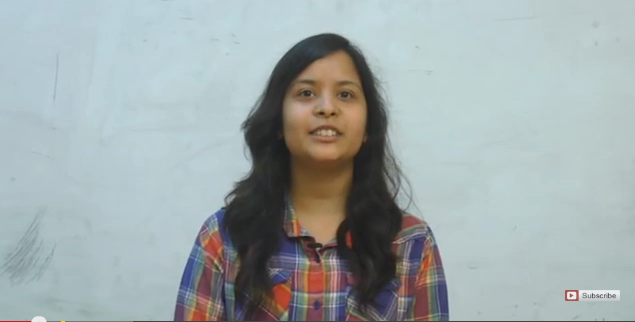
Ms. Shivangi Gupta, B.Tech Student, Biyani Institute Engineering & Technology explained about research work done in JAIST ,Japan on the topic Wireless Sensor Network. www.gurukpo.com, www.biyanicolleges.org
Ms. Shivangi Gupta, B.Tech Student, Biyani Institute Engineering & Technology explained about research work done in JAIST ,Japan on the topic Wireless Sensor Network. www.gurukpo.com, www.biyanicolleges.org
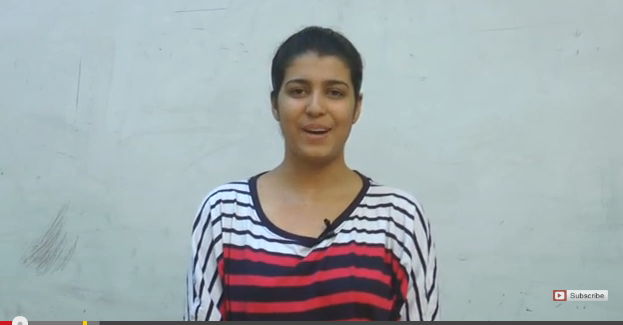
Ms. Pooja Sharma, MCA Student, Biyani Institute of Science and Management explained about research work done in JAIST ,Japan on the topic Software Verification Process by using set solver. www.gurukpo.com, www.biyanicolleges.org
Ms. Pooja Sharma, MCA Student, Biyani Institute of Science and Management explained about research work done in JAIST ,Japan on the topic Software Verification Process by using set solver. www.gurukpo.com, www.biyanicolleges.org

